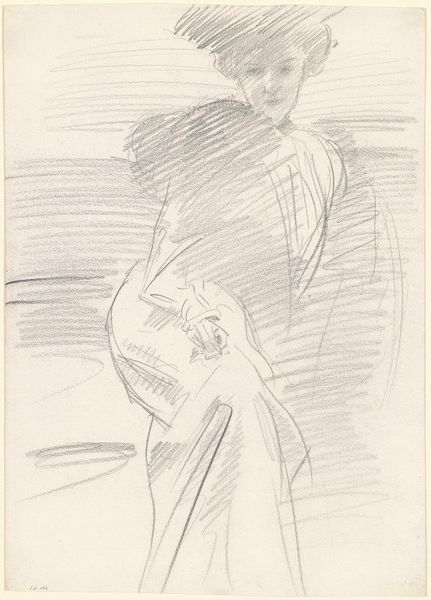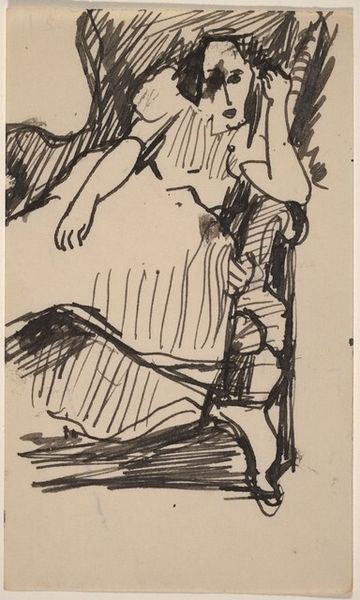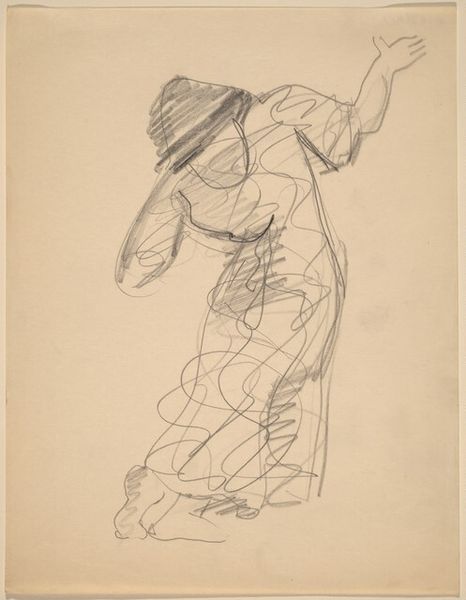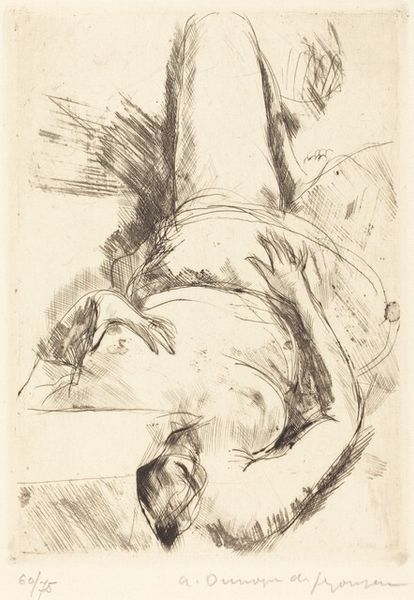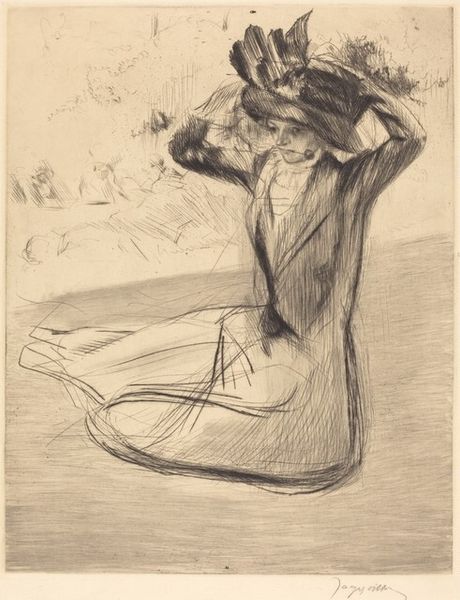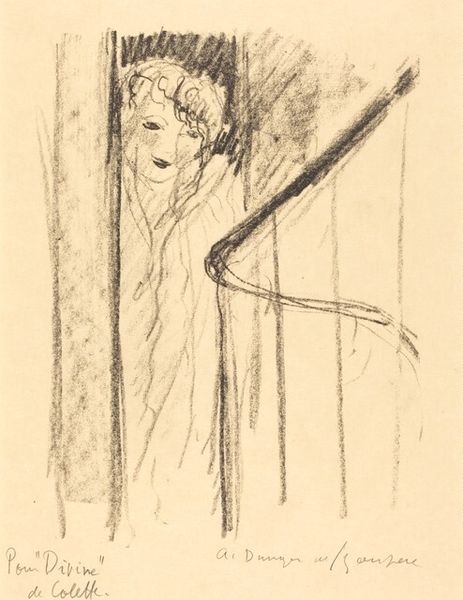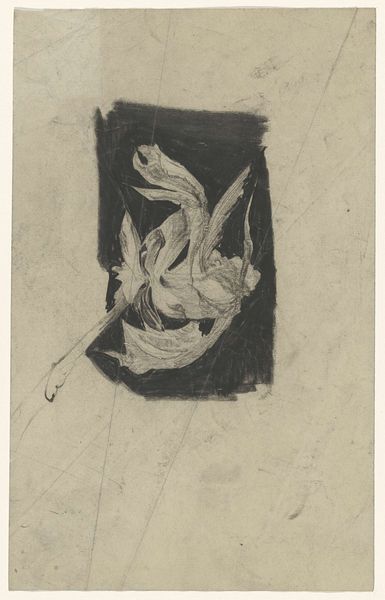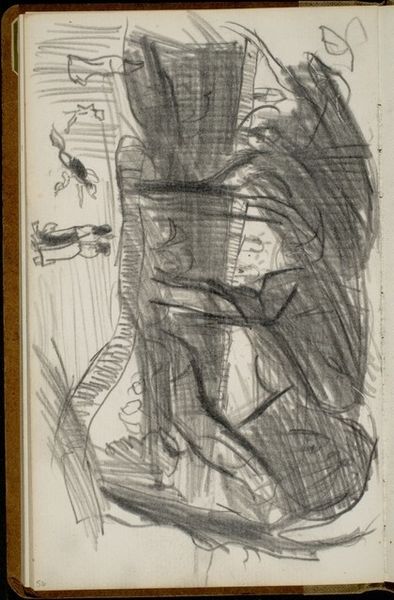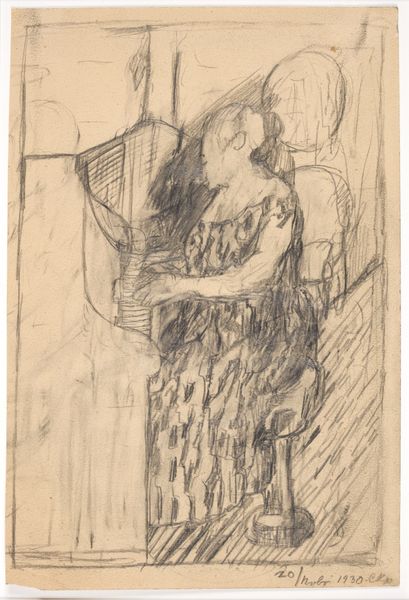
#
amateur sketch
#
light pencil work
# print
#
pen sketch
#
pencil sketch
#
ink drawing experimentation
#
pen-ink sketch
#
pen work
#
sketchbook drawing
#
pencil work
#
initial sketch
Copyright: National Gallery of Art: CC0 1.0
Editor: So, here we have Jacques Villon's "Flowers", made in 1944. It appears to be a print, maybe an etching, looking at the density of the lines. There's a very delicate, almost web-like quality to the way the flowers are depicted against that hatched background. How do you read a piece that emphasizes process so strongly? Curator: It’s crucial to examine the material conditions under which this print was created. 1944, during wartime; consider the scarcity of resources and the repurposing of materials that might have influenced Villon's choice of printmaking. The dense network of lines, almost overwhelming the floral subject, isn’t just aesthetic. It reflects a particular mode of production. How do you think the limitations or possibilities of printmaking impacted the artistic outcome here? Editor: I see what you mean. The limitations perhaps pushed him to create depth using just lines and cross-hatching instead of colour or shading? It does feel very immediate and process-driven; there isn’t anything painterly, as such, here. Curator: Precisely. Printmaking allows for reproduction, for a wider circulation of images, think about this within the context of war. Was this perhaps intended for a larger audience, a symbol of hope amidst bleak times produced efficiently? Also consider the 'sketchbook' feel—it almost collapses the boundary between preparatory drawing and finished artwork, drawing attention to the artist's labor and the value we ascribe to unique works versus multiples. What is being consumed when looking at the print – the artwork or its possible role as material and document of war-time ingenuity? Editor: It makes sense to read it not just as "flowers," but as an object born from a particular socio-economic situation and as the material itself that’s carrying the sign of the circumstances it was born from. Thanks! Curator: Indeed. It compels us to look beyond the surface and see art as embedded within, and shaped by, broader systems.
Comments
No comments
Be the first to comment and join the conversation on the ultimate creative platform.
